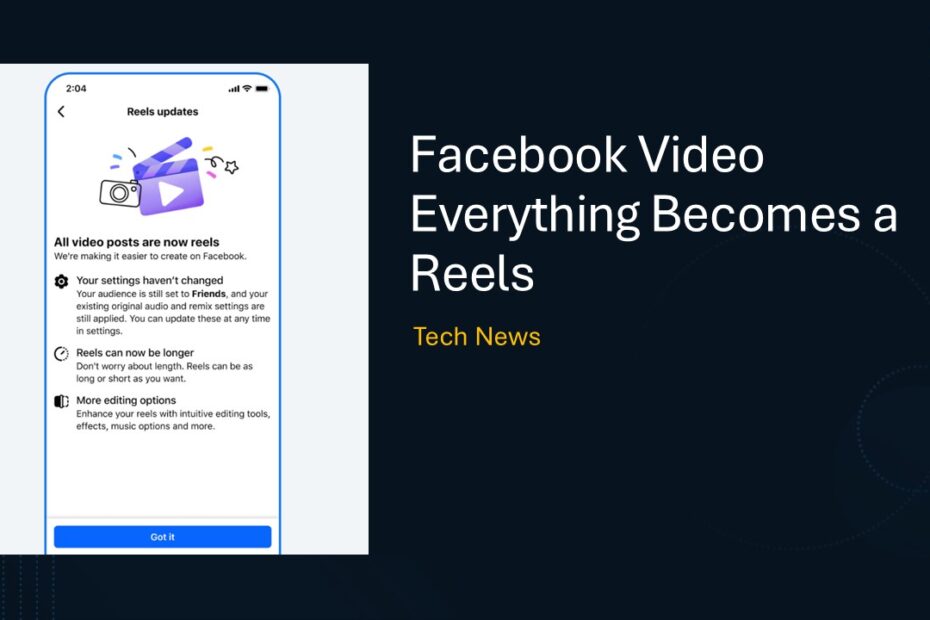Facebook is making a significant shift in how we share videos on the platform, and it’s actually a little bit simpler when we think about it. Let’s walk through what’s changing and why this matters for how we’ll use Facebook going forward.
Table of Contents
- The Big Picture: One Format to Rule Them All
- Understanding the Technical Transformation
- Privacy Controls: Maintaining Our Comfort Zone
- The Rollout Strategy: A Gradual Transition
- What This Means for Our Facebook Experience
The Big Picture: One Format to Rule Them All

Here’s the core change: Facebook is eliminating the confusing choice between posting a regular video or creating a reel. Starting in the coming months, every video we share on Facebook will automatically become a reel. Think of it like this – instead of having two different doors to enter the same room, Facebook is giving us one streamlined entrance that leads to more possibilities.
This change addresses a common pain point that many of us experience. Previously, we had to decide upfront whether we wanted to post a traditional video to our feed or create a reel, each requiring different steps and offering different creative tools. It was like having to choose between two different cameras before we even knew what kind of photo we wanted to take.
Understanding the Technical Transformation

When we upload a video now, we’ll get access to all the creative tools that were previously split between different formats. This means we can add music, effects, and other enhancements regardless of our video’s length or style.
What’s particularly noteworthy is that Facebook is removing the traditional restrictions we associate with reels. Our videos can be any length, whether that’s a quick 15-second clip or a longer-form piece of content. This flexibility represents a fundamental shift from the platform’s previous approach of having rigid format categories.
Privacy Controls: Maintaining Our Comfort Zone
Now, we might be wondering about privacy, and that’s exactly the right question to ask. Facebook recognizes that people have different comfort levels when it comes to sharing content, so they’re being thoughtful about how audience settings work in this new system.
The platform is unifying privacy settings between regular feed posts and reels, which actually simplifies things considerably. Our default audience setting will be consistent across both formats. However, when we first start using this new system, Facebook will prompt us to confirm our preferences.
We retain complete control over our audience; we can still share videos with just close friends, specific groups, or make them public to reach a broader audience. The key difference is that we won’t need to remember different privacy settings for different types of video content.
The Rollout Strategy: A Gradual Transition
Facebook isn’t flipping a switch overnight. Instead, they’re implementing these changes gradually across both personal profiles and business pages over the coming months. This phased approach allows us to adapt to the new system without feeling overwhelmed by sudden changes to our familiar workflow.
What This Means for Our Facebook Experience
The practical impact of these changes is that our video sharing experience becomes more intuitive and less fragmented. Instead of learning different processes for different video types, we’ll have one streamlined workflow that gives us access to the full range of Facebook’s creative tools. This is particularly valuable for content creators and businesses who want to maximize their reach without having to navigate multiple posting strategies.
The unified approach also positions our content for better discoverability, as all videos will benefit from the engagement features and algorithmic distribution that reels typically receive on the platform.
Maybe you like other interesting articles?

